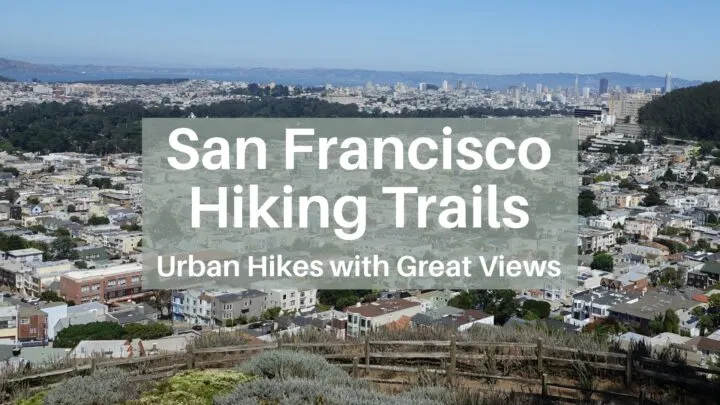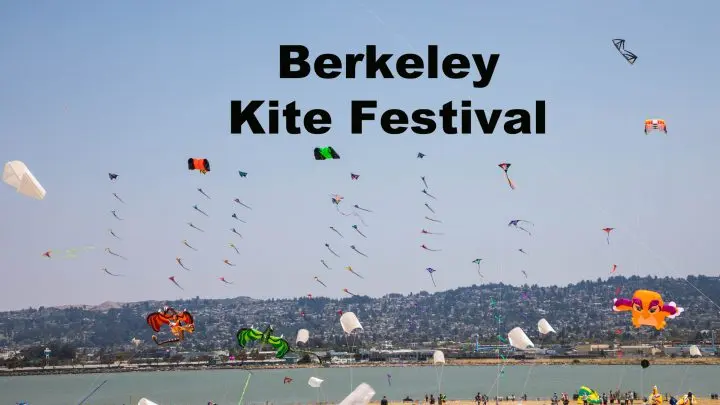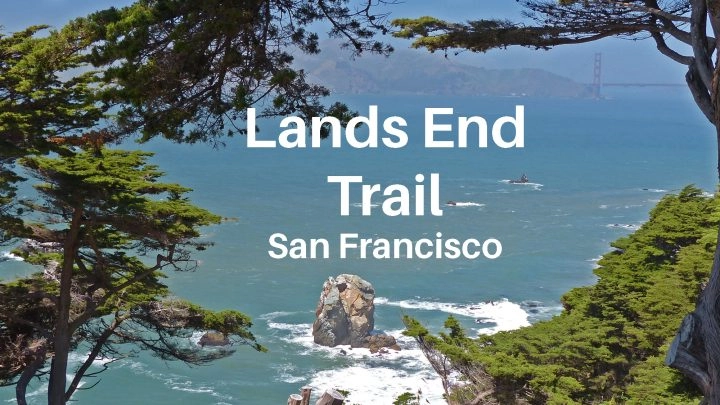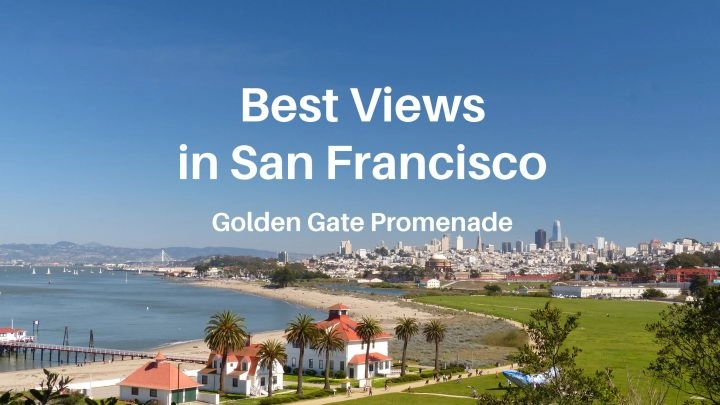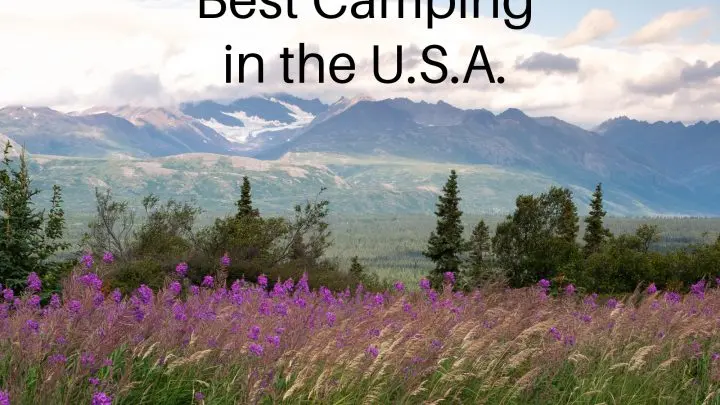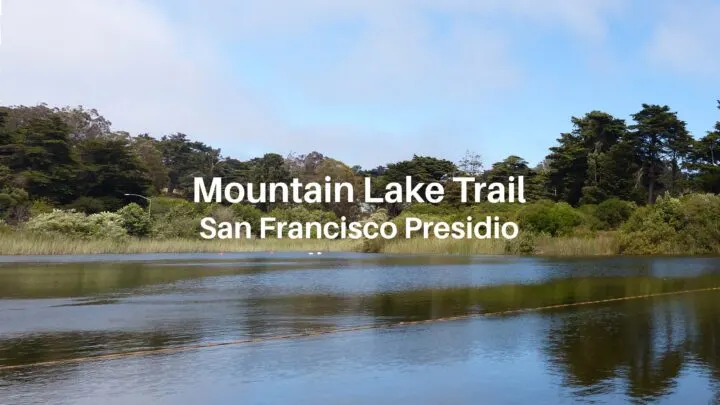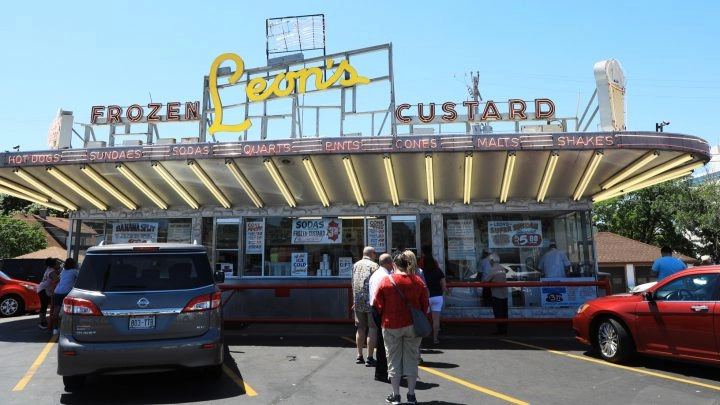Seven unique San Francisco neighborhoods that are great places to visit and have interesting and fun sights plus food, drink, and shopping.
Visiting the iconic neighborhoods in San Francisco is a great way to experience more of this unique and interesting city. It’s also a good way to balance visiting the city’s most popular sights with some that are more flexible time-wise and don’t require planning or ticketing. Having options on the itinerary that are easy on the budget is always a good thing.

Must-see San Francisco Neighborhoods
The seven highly visit worthy neighborhoods we recommend are:
- Chinatown
- North Beach
- Mission District
- Japantown
- Union Square (Downtown)
- The Wharf (Fisherman’s Wharf, Pier 39, and Maritime National Historical Park)
- Haight-Ashbury
You’ll find these subjects covered for each of the seven neighborhoods:
- Descriptions and locations
- Reasons why they are worth visiting
- Link to a Google map with the neighborhoods and their sights pinned
- Getting to each neighborhood on public transit
- Best time to visit San Francisco
- Link to general information about using public transit (apps, maps, fares…)
The seven included here are not the only really cool neighborhoods in San Francisco, but no two of these are remotely alike. And even though each neighborhood is unique, they all have interesting things to see and do, and they also have food, drink, and shopping opportunities.
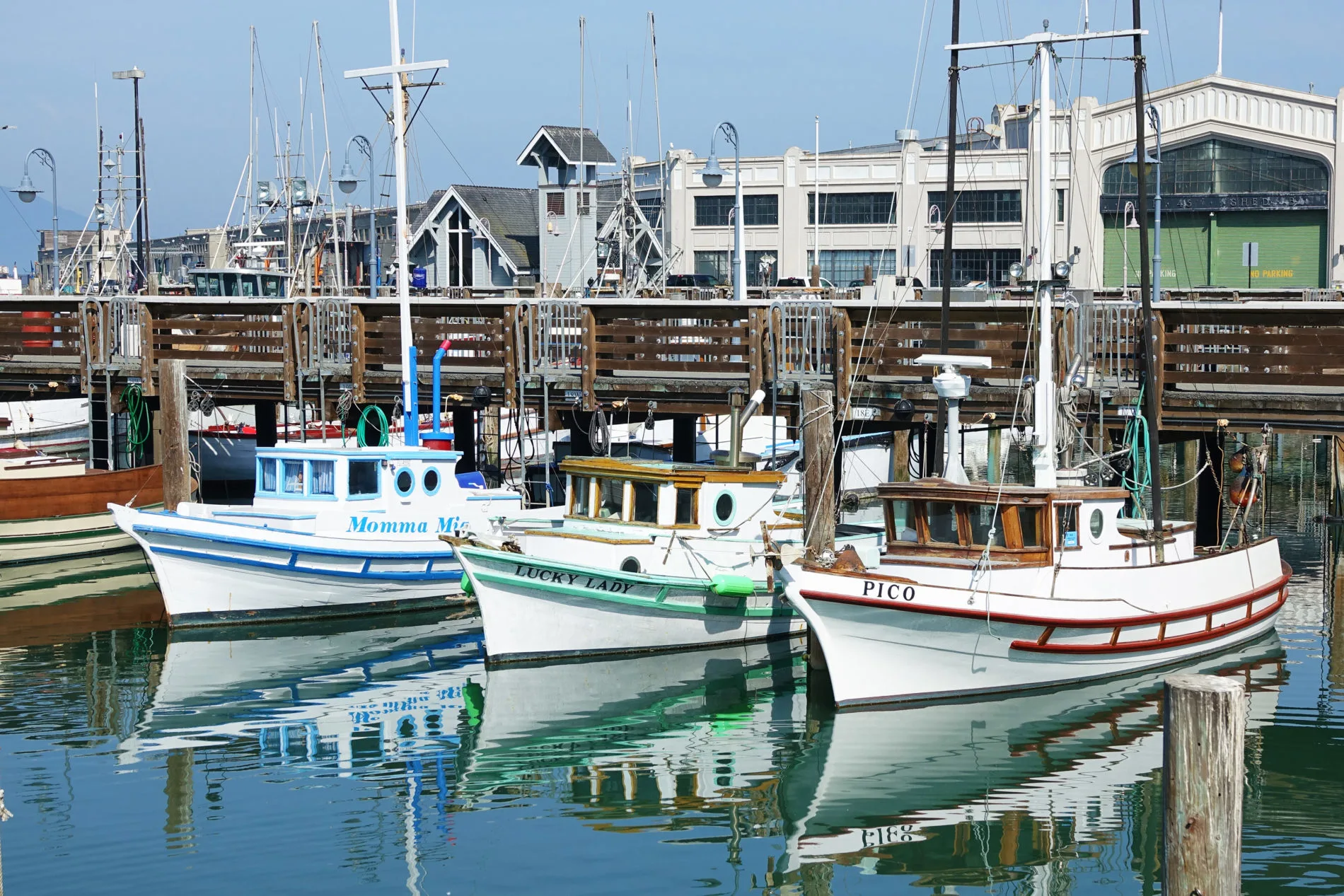
San Francisco Neighborhoods Map
Click the map image below to go to the expandable, interactive Google Map. It has the neighborhoods and sights pinned. Click on the pins for brief descriptions.
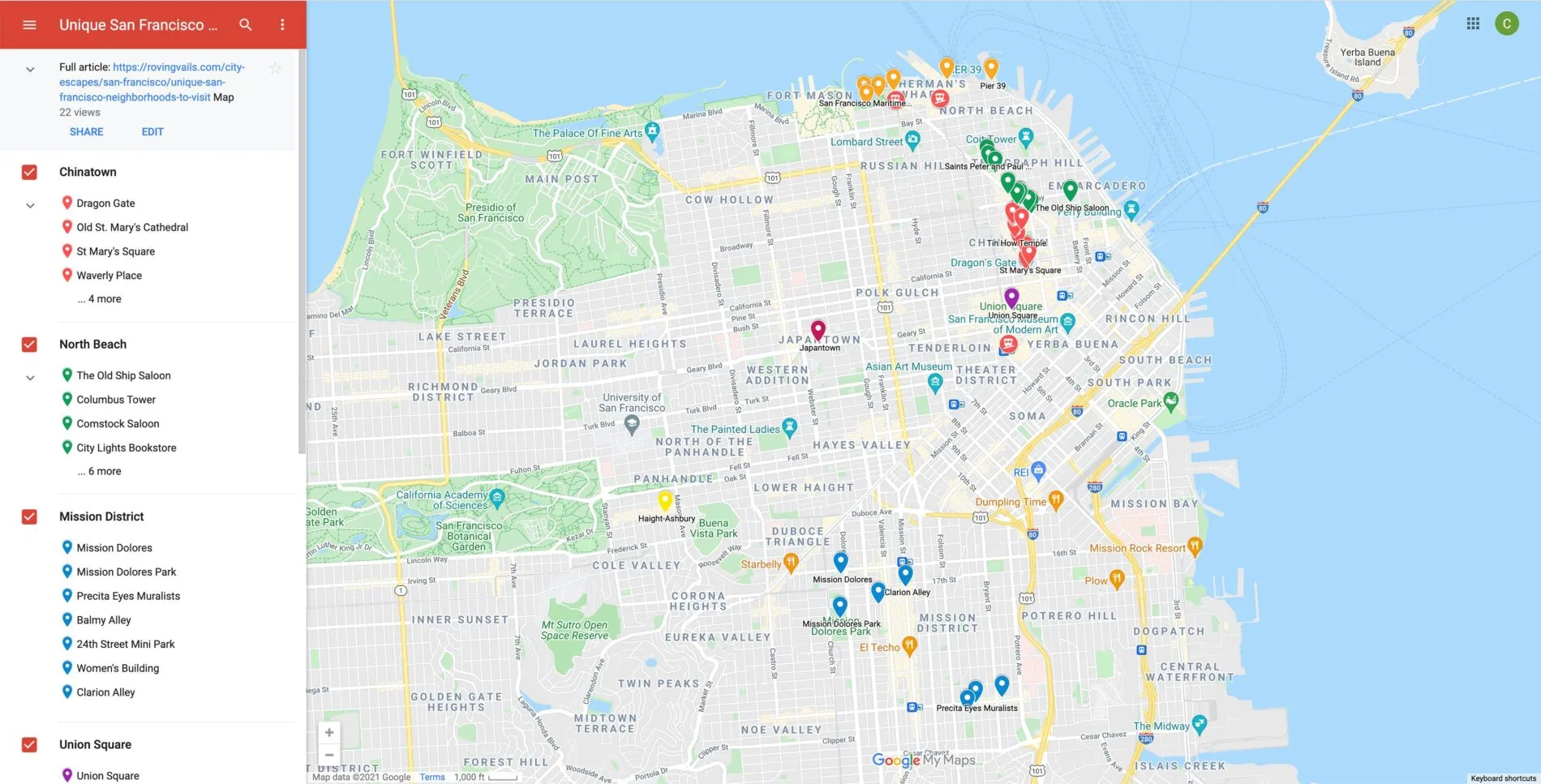
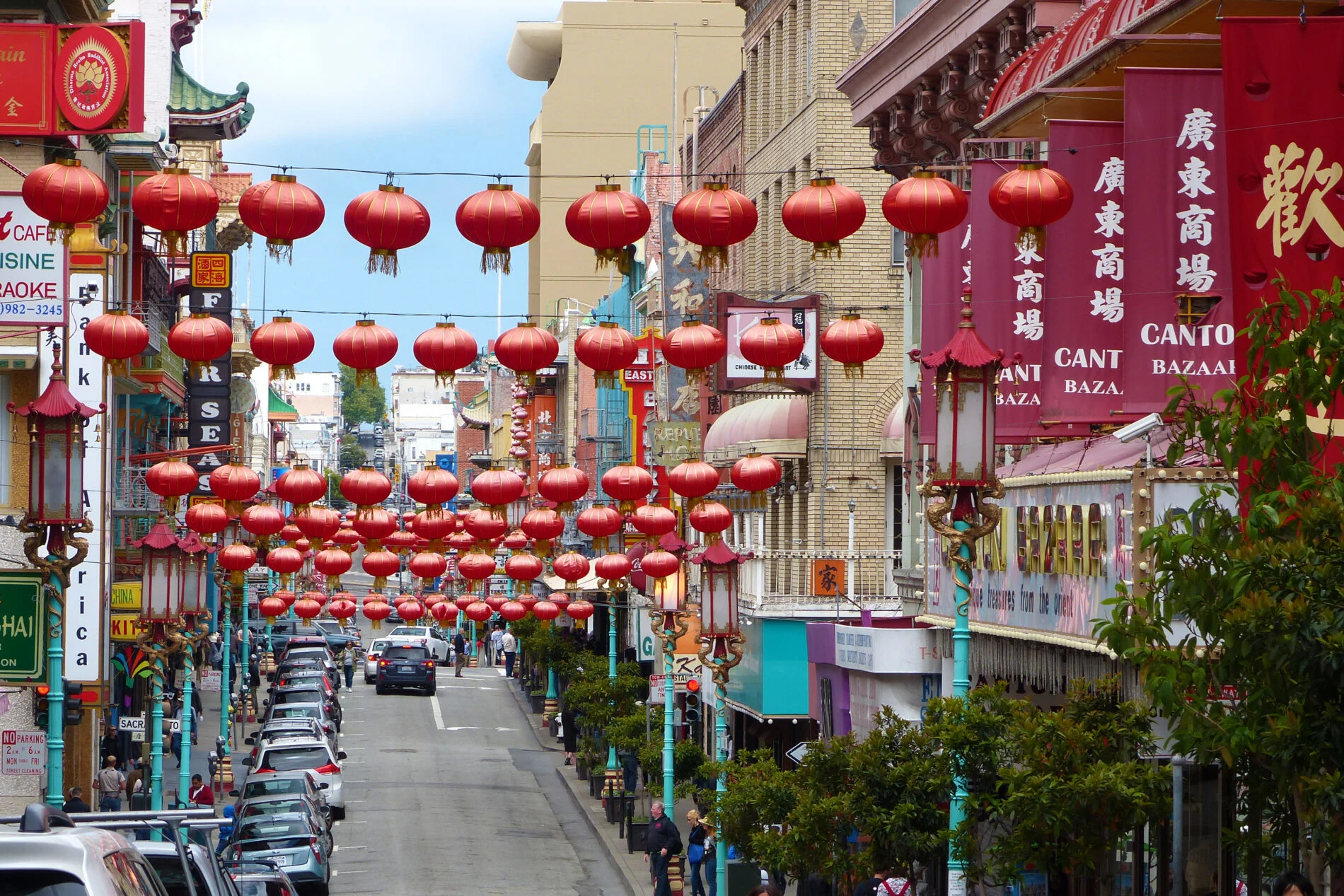
1. Chinatown
San Francisco’s Chinatown is one of the biggest and oldest in the country. It’s teeming with people, interesting architecture, and restaurants. It also has lots of herb shops, teashops, gift, art and jewelry shops, and shops selling inexpensive souvenirs.
Grant Avenue, with its distinctive red lanterns and dragon light posts, is the main street for visitors and has lots of art, gift and souvenir shops and restaurants. Stockton Street is the main shopping street for locals. It’s where you’ll see roast ducks hanging in shop windows and other foods you might not see in your local supermarket.
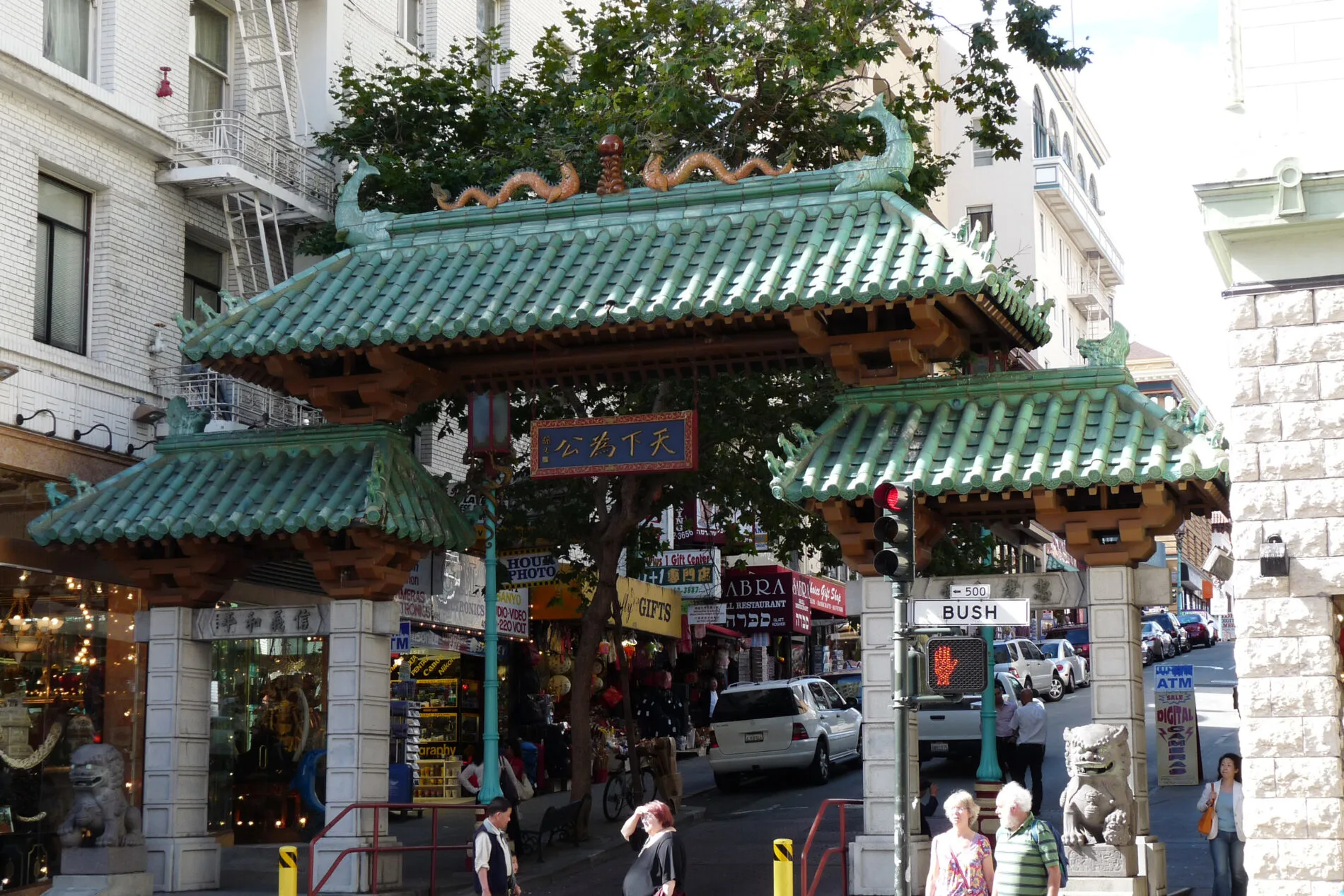
Venture into Chinatown’s alleys too. Ross Alley is home to the Golden Gate Fortune Cookie Company where you can see cookies being made by hand and can buy them while they’re still warm. Photos are allowed for a small fee.
Waverly Place is a two-block alley with interesting buildings and colorful painted balconies. It also has a colorful history involving Tong wars, gambling, and singsong girls.
Location: Chinatown’s main street is the 8-block section of Grant Avenue between Bush and Broadway. Dragon Gate, on Grant at Bush, is the main entrance.
Time: At least an hour to wander the streets and alleys. Add more if you shop or eat.
Link: Chinatown
Getting to Chinatown on Public Transit
Both the Powell-Hyde and Powell-Mason cable cars stop in Chinatown along Powell Street. Muni buses 30 Stockton and 45 Union go through Chinatown on Stockton Street.
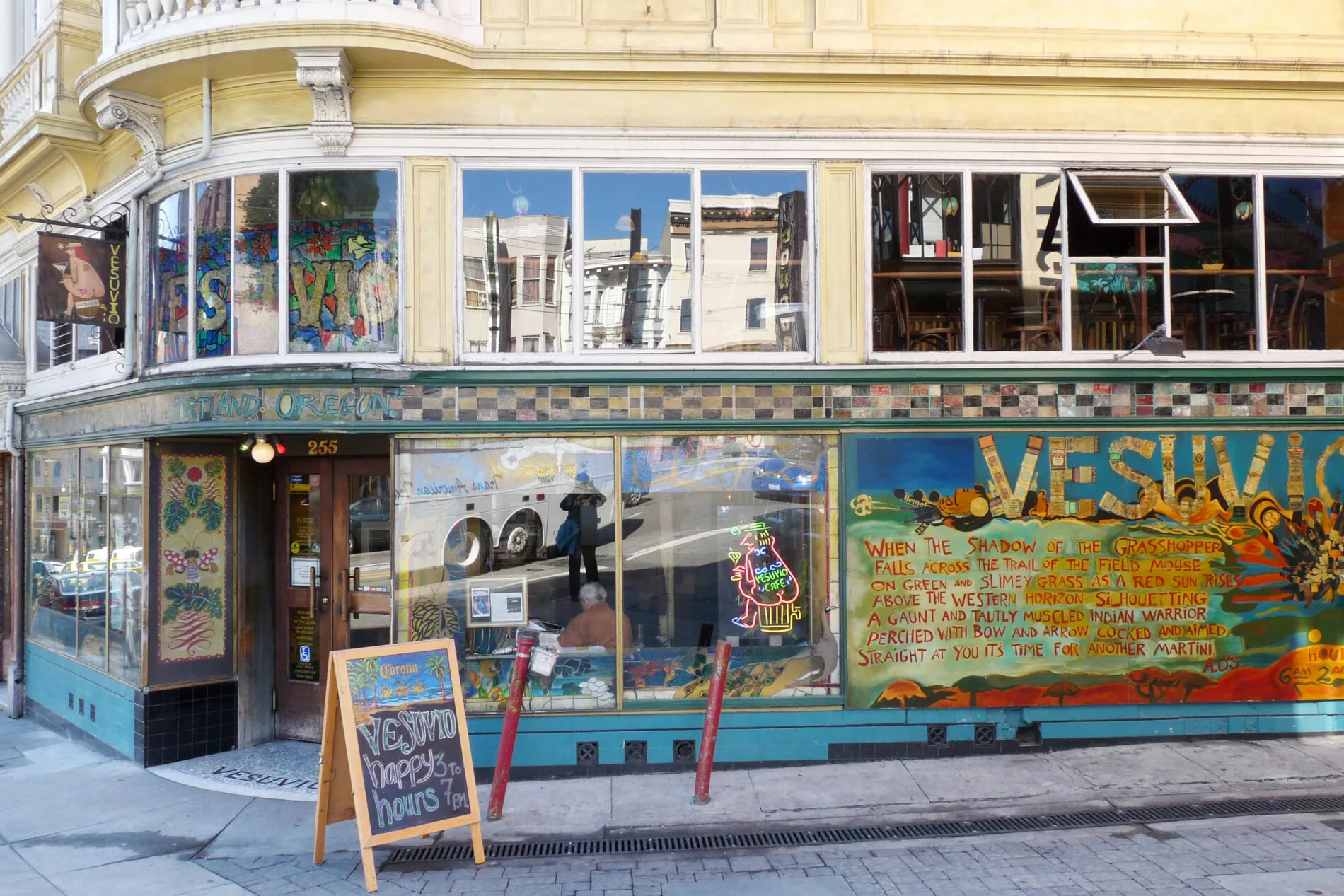
2. North Beach
North Beach is my favorite San Francisco neighborhood. It’s Little Italy with lots of Italian restaurants, coffee shops, and the red, green, and white colors of Italy everywhere. My favorite thing to do in North Beach is to simply wander around and take in the sights and aromas:
- Walk through Jack Kerouac Alley; it’s like a wormhole in space with Chinatown on one end and North Beach on the other. While there, stop to appreciate the mural on the side of Vesuvio Café for a fun example of free-flowing, spontaneous, uninhibited prose.
- Stand on the corner of Broadway and Columbus and look for the Banksy street art (hint: look up).
- Stop by Molinari Delicatessen (373 Columbus) for a takeout sandwich and have a “people-watching” picnic in Washington Square.
- Visit the Comstock Saloon.
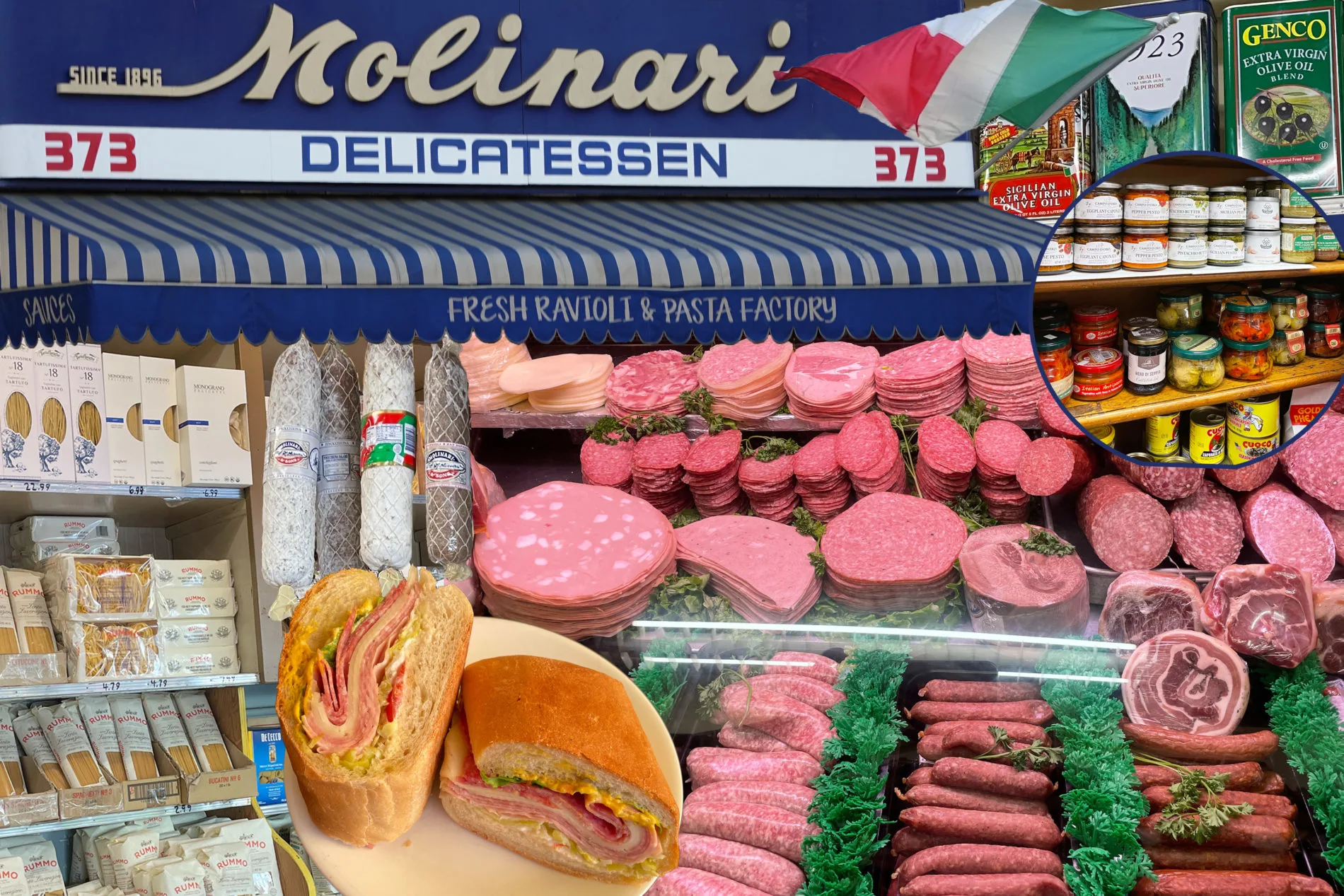
There’s a lot of history in North Beach. City Lights Bookstore, Vesuvio Café, and Jack Kerouac Alley are reminders that this was home to the Beat Generation. The Old Ship Saloon and Comstock Saloon are reminders that this area was once the infamous Barbary Coast.
Location: North Beach is the area from Broadway north to Fishermen’s Wharf and from Columbus to the waterfront.
Time: Take an hour and just wander
Link: North Beach
Getting to North Beach on Public Transit
Both the 30 Stockton and 45 Union buses go through North Beach and so does the Powell-Mason cable car.
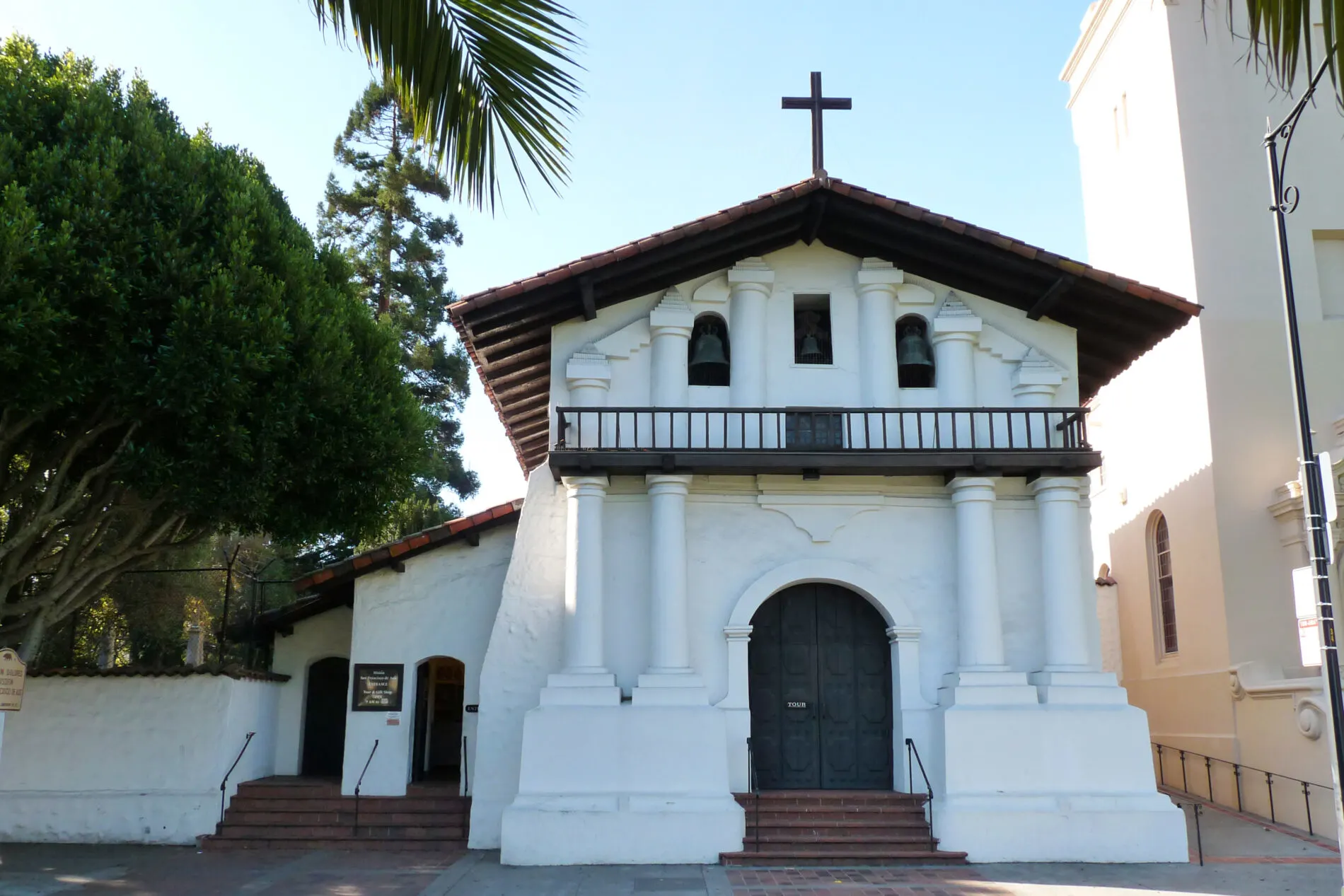
3. Mission District
Besides great food (predominately Mexican), the main visitor attractions in the Mission are Mission Dolores, the Mission Murals, and Mission Dolores Park.
Mission Dolores
San Francisco de Asís (better known as Mission Dolores) is the oldest surviving building in San Francisco. Built in 1776, it’s part of the chain of missions built under the direction of Father Junipero Serra. Father Serra and his mission building project are understandably quite controversial now because Native Americans were forced to do the building.
The Mission cemetery is pretty interesting with lots of headstones dating back to the 1800s. In the early 1850s, many Irish were driven from Ireland by the famine and drawn to San Francisco by the gold rush. This explains why several of the old headstones have Irish names.
Location: 16th Street and Dolores
Time: About 30-minutes — more if you linger in the cemetery reading headstones.
Link: Mission Dolores
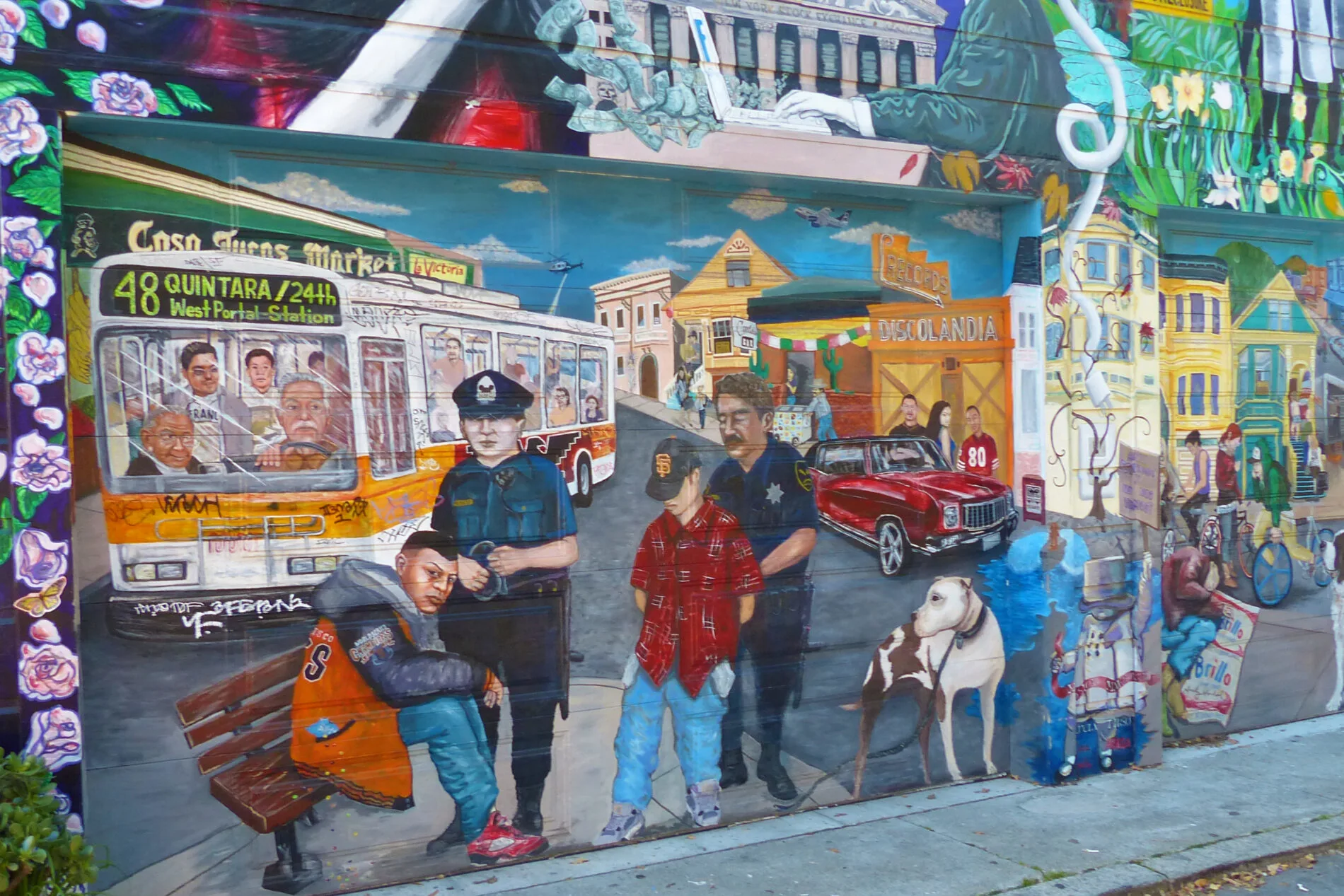
Mission Murals
Murals are everywhere in the Mission; they add vibrance, meaning, and identity to the neighborhood. Some are comical or whimsical; many are art with a message. Precita Eyes Muralists is an organization that works to protect the murals and assist the artists. They also offer mural tours and sell Mural Maps.
Location: While the murals are everywhere, don’t miss, Balmy Alley (off 24th Street between Treat & Harrison), the 24th Street Mini-Park (24th & York), Clarion Alley (between Mission & Valencia), and the Women’s Building (3543 18th Street).
Time: At least 1-2 hours to see just the above locations
Link: Precita Eyes Muralists
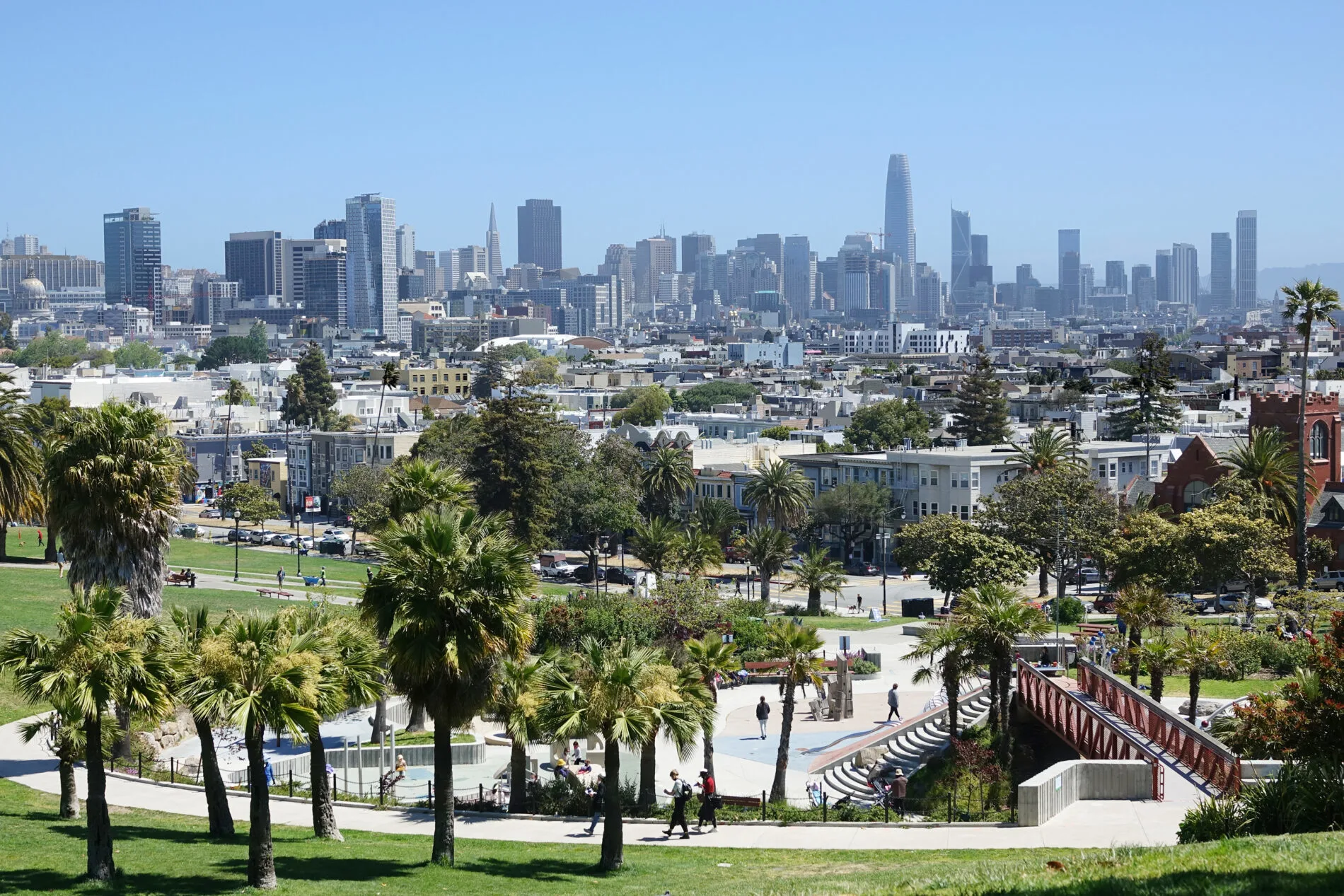
Mission Dolores Park
This is a really large and popular park with a beautiful view of the city skyline. The fairly new Helen Diller Playground is the nicest children’s playground I’ve ever seen.
Location: Between 18th and 20th Streets on Dolores
Time: 30-minutes just to see the park; more to hang out and enjoy it.
Link: Mission Dolores Park
Getting to the Mission District on Public Transit
The 14 Mission bus travels on Mission Street from Steurt & Mission Streets (near the Ferry Building) all the way to Daly City, and it goes right through the Mission District. There are two BART train stations in the Mission: one at 16th and Mission and one at 24th and Mission.
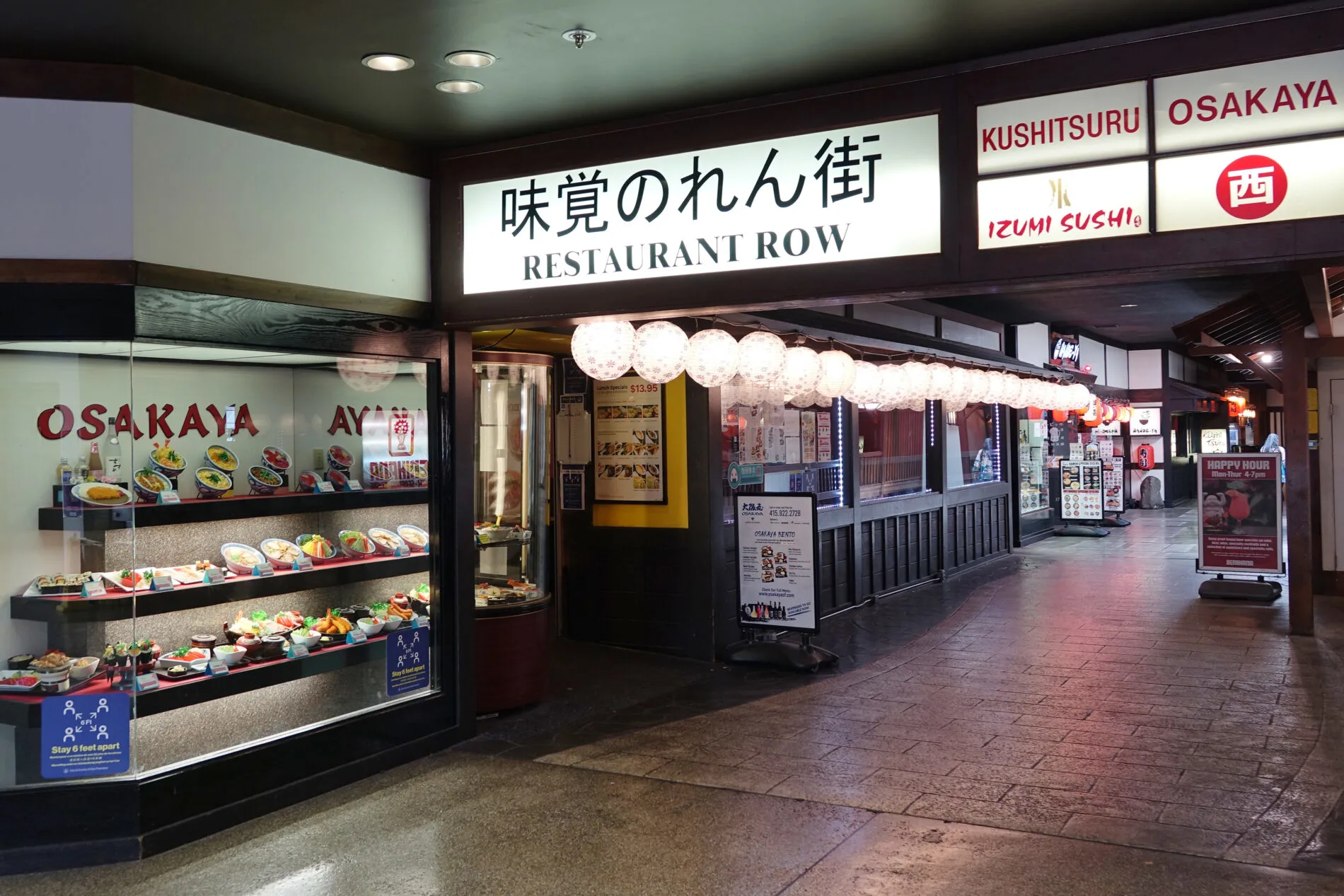
4. Japantown
Japantown is a nine-block area anchored by the Japan Center mall. The 3-block long mall has shops and stores including a Kinokuniya Bookstore, Daiso Japan, the Kabuki Hotel and theater, at least 3-dozen restaurants, a couple of Karaoke Bars, and more. The Benihana Restaurant is a favorite in my family.
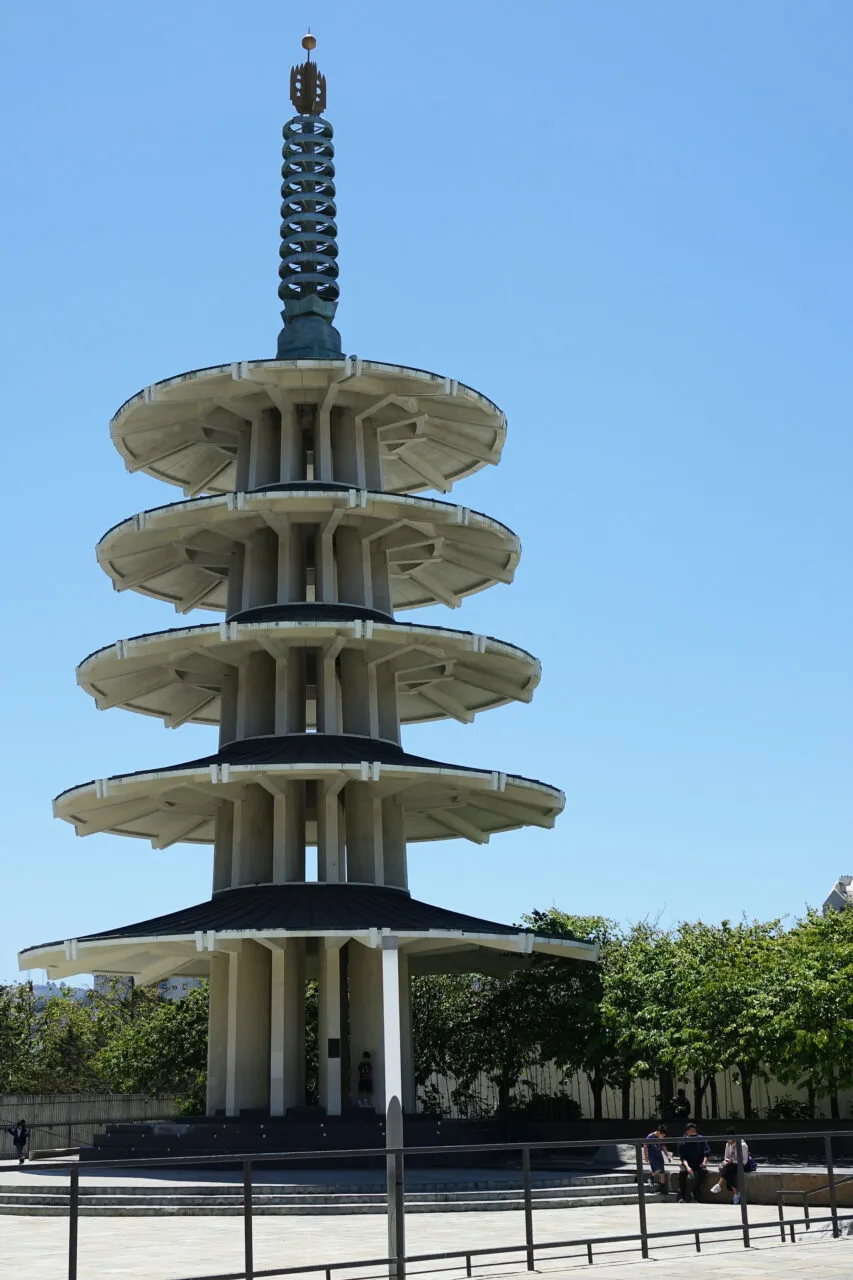
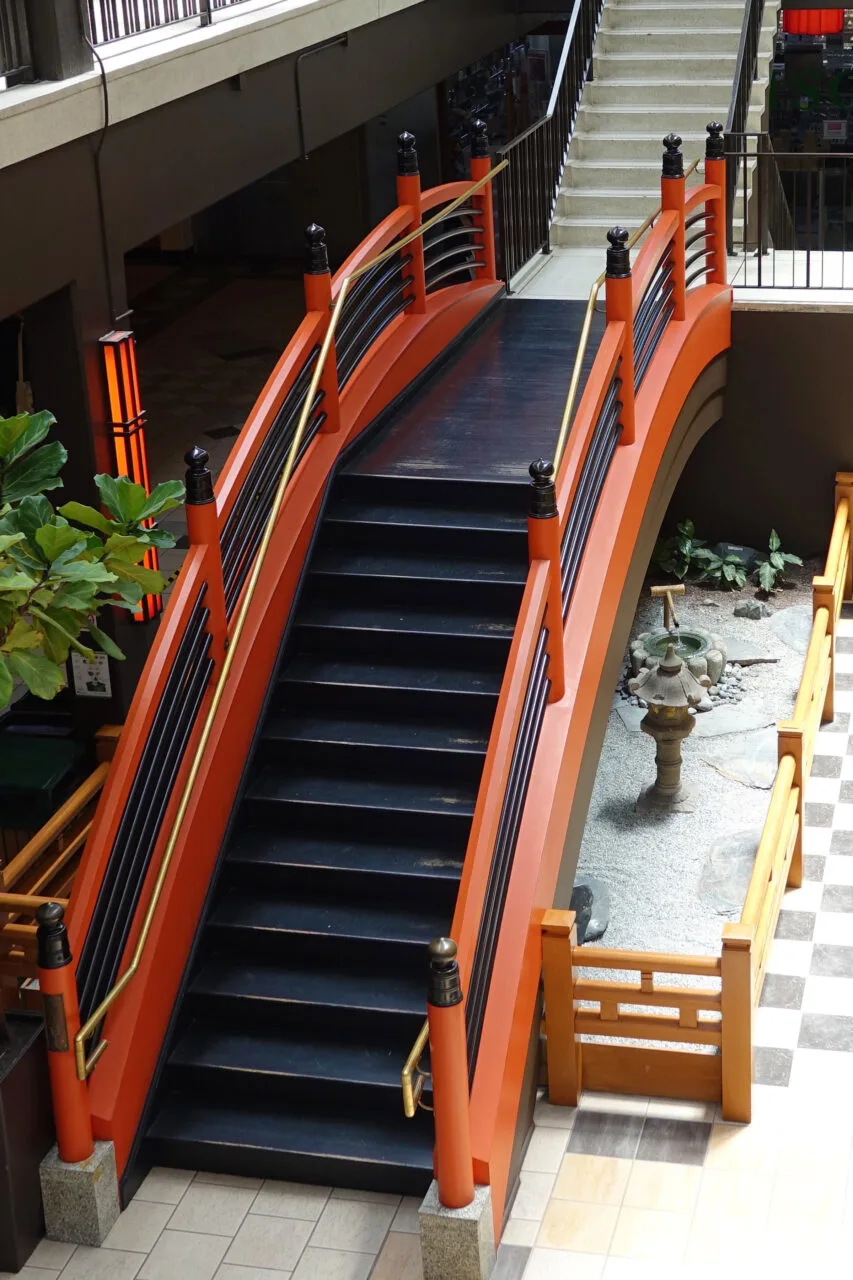
Japantown also has these sights:
- A Peace Plaza in Japan Center with a 100-foot-tall Peace Pagoda surrounded by cherry trees.
- A 9-foot-tall bronze sculpture with three panels depicting the Japanese experience in San Francisco. The panels represent the Issei pioneers, WWII Internment, and present-day life.
- A self-guided History Walk that weaves around the 9-block neighborhood with 16 interpretive signs, recounting the history and experiences of the Japanese American community.
Location: On Geary Blvd between Fillmore and Laguna
Time: An hour to walk through Japan Center and wander the neighborhood. Add more time more to eat, shop, and/or follow the history walk.
Link: Japantown
Getting to Japantown on Public Transit
The 38 and 38R Geary buses stop on Geary at both Laguna and Fillmore. Another option is to take the 22 Fillmore to Geary. The 22 Fillmore travels mostly on Fillmore between the Marina and Castro Districts.
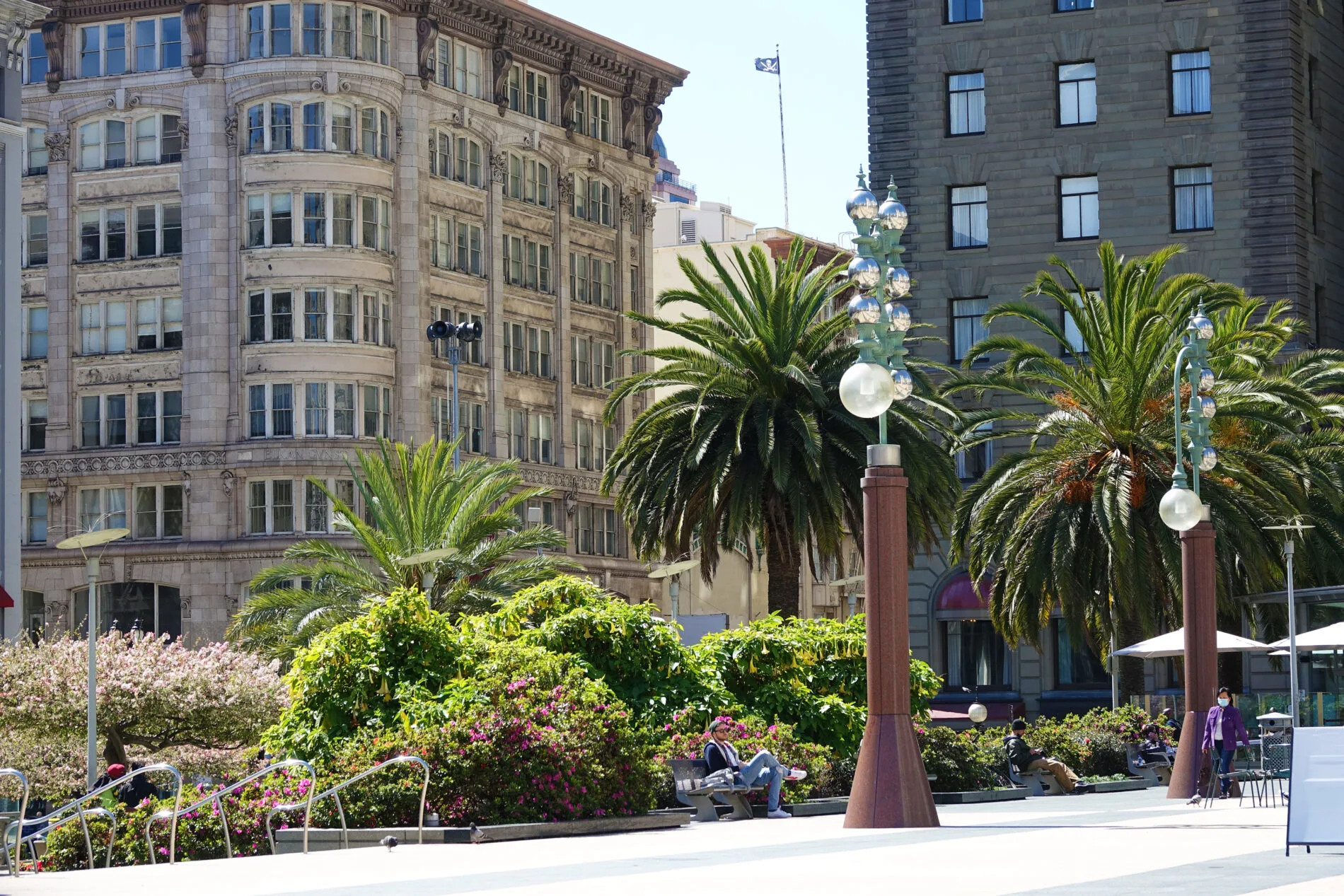
5. Union Square
Union Square is a beautifully landscaped public plaza covering an entire city block. It’s in the heart of the shopping district and is surrounded by upscale shopping, restaurants, and hotels.
The square is a popular venue for art exhibits and events like the annual cable car bell ringing contest. During the holidays, the square has an ice-skating rink and ginormous Christmas tree.
Location: Downtown: bordered by Geary Blvd. and Stockton, Powell, and Post Streets
Time: 15-30 minutes to wander through and around the square. Add more for shopping (BTW, if you’re an Apple fan, the Apple flagship store is on Post across from the square).
Link: Union Square
Getting to Union Square on Public Transit
Both the Powell-Hyde and Powell-Mason cable car lines stop at Union Square. The outbound 38 Geary bus also stops at Union Square on Geary. The inbound 38 Geary stops a block away on O’Farrell at Powell.
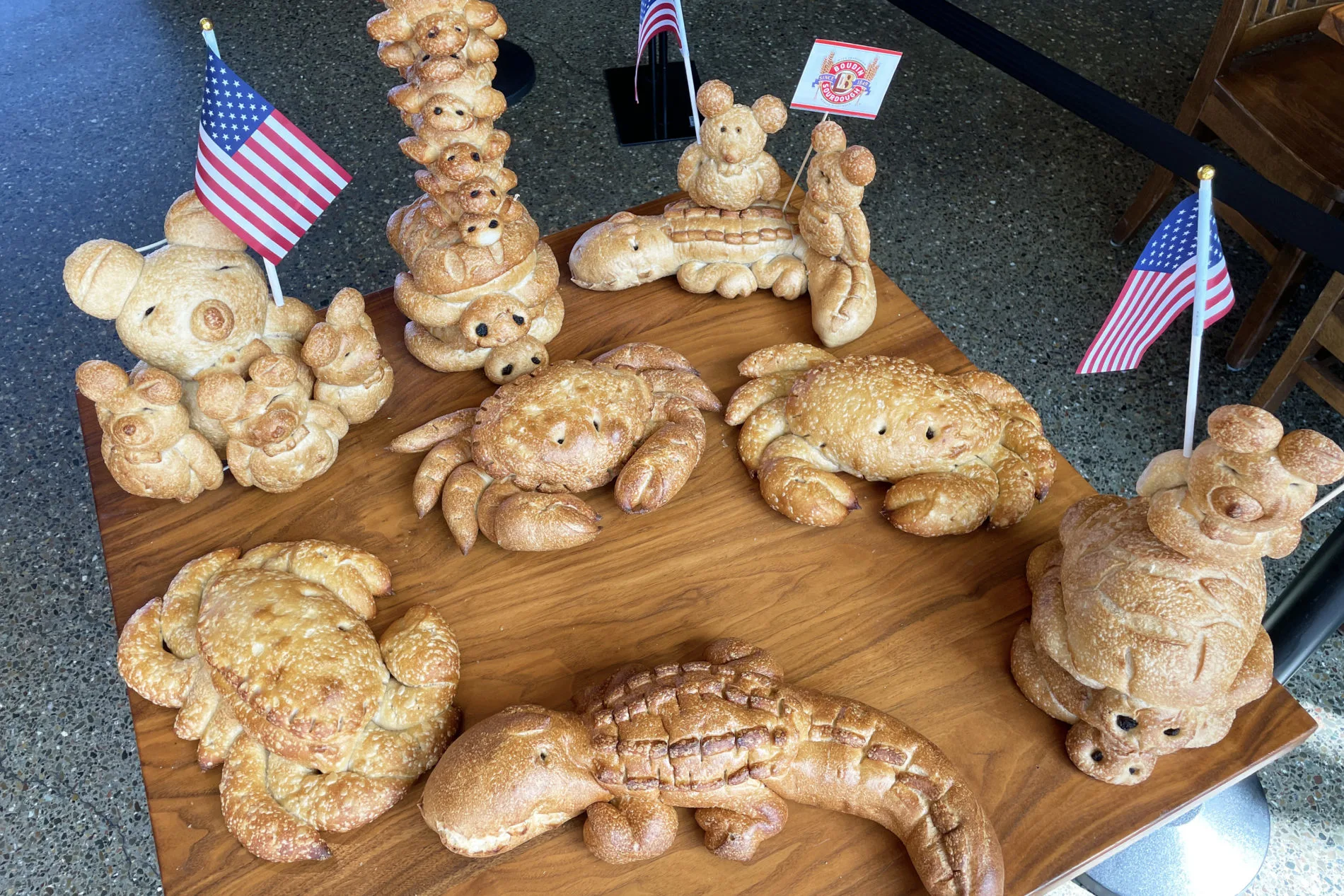
6. The Wharf: Pier 39, Fisherman’s Wharf, and Maritime National Historical Park.
The Wharf is one of the most popular San Francisco Neighborhoods with visitors, and it’s a must-see sight when visiting with kids.
Fisherman’s Wharf
There are vendors selling fresh crab from pots along the sidewalk and lots of restaurants, shops, bike rentals, and a variety of tour operators at the Wharf. It’s home to these sights, which are popular with Kids:
- Musée Mécanique
- Ripley’s Believe it or Not
- Madame Tussauds Wax Museum
Location: Along the city waterfront between Pier 39 and Aquatic Park.
Time: As much as you have
Link: Fisherman’s Wharf
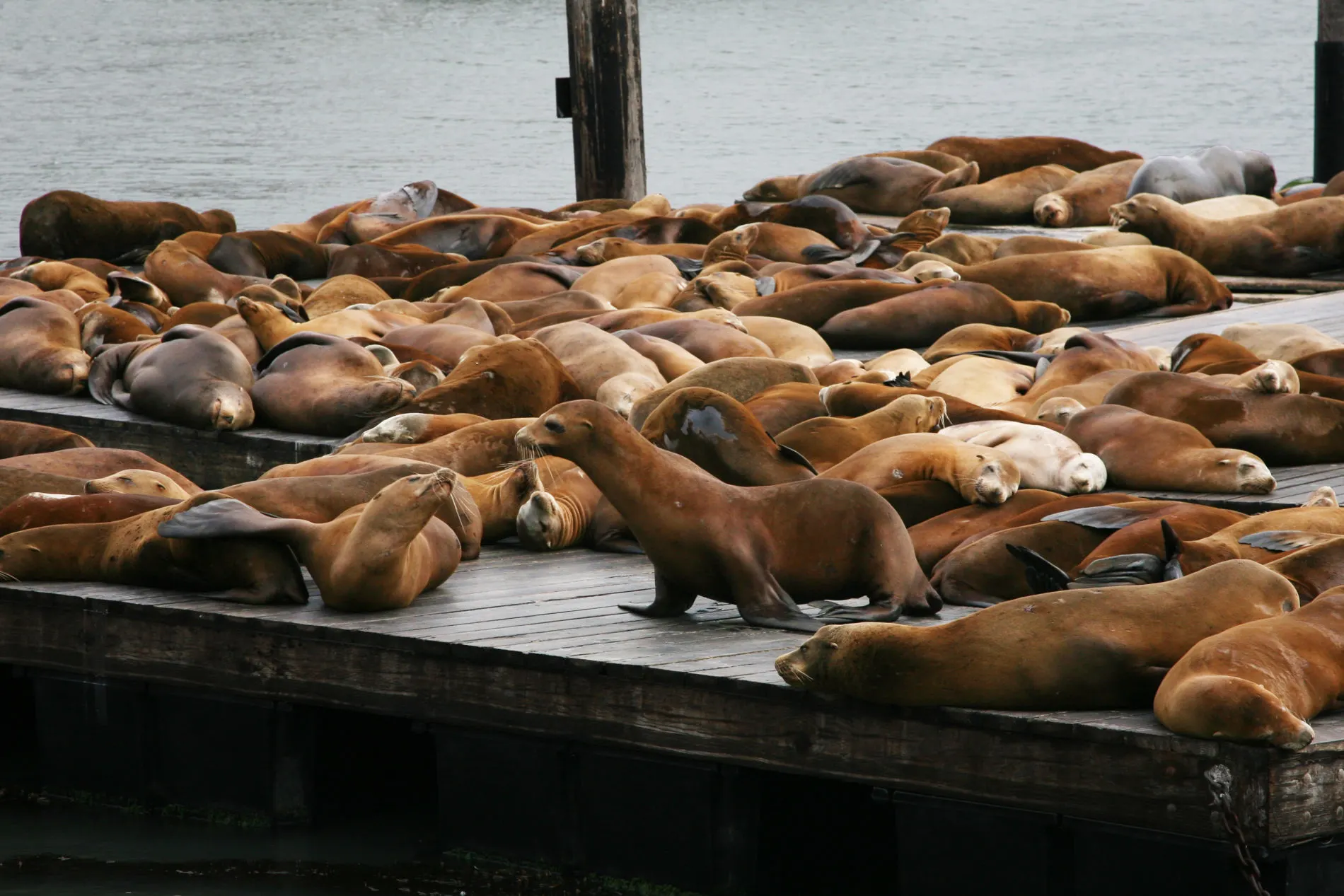
Pier 39
Food, crowds, souvenirs, more food, entertainment, public restrooms, even more food and souvenirs. Biggest attractions at Pier 39:
- Sea Lions
- Aquarium of the Bay
- Double decker carousel with interesting creatures to ride
Location: The entrance is on the Embarcadero at the foot of Powell Street.
Time: as much as you have, or want
Link: Pier 39
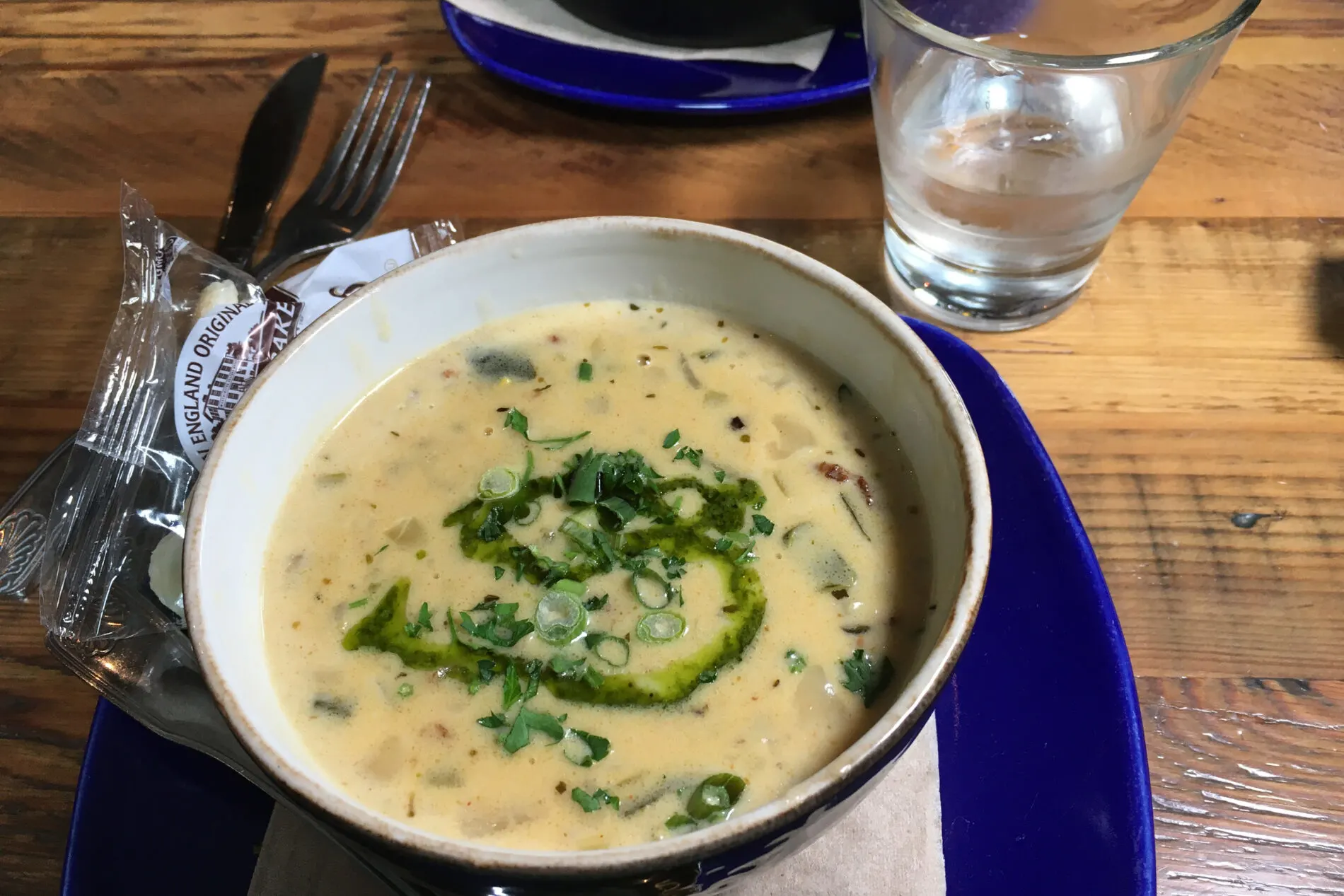
Hyde Street Pier & Maritime Museum
The Pier and Museum are both part of the San Francisco Maritime National Historical Park. The Hyde Street Pier has eight historic vessels on display — all from the late 1800s or early 1900s.
The Maritime Museum is in the historic Art Deco Aquatic Park Bathhouse. It has thousands of items on display dedicated to local maritime history and culture. Hilaire Hiler painted the whimsical lobby mural in the 1930s as part of the WPA Federal Arts Project.
Location: The Maritime Museum is at 900 Beach Street (at Polk). The Hyde Street Pier, as you might guess, is at the foot of Hyde Street.
Time: About 2 hours
Link: Hyde Street Pier & Maritime Museum
Getting to the Wharf on Public Transit:
- Both the F-Line Historic Streetcars travel along market Street and the Embarcadero. They stop at Pier 39 and the Wharf.
- Both the Powell-Hyde and Powell-Mason cable cars go between the Wharf and downtown. At the Wharf end, the Powell-Hyde line begins at Hyde & Beach and the Powell-Mason line begins at Taylor and Bay; both lines end at Powell and Market.
- A few Muni buses including the 19 Polk, 30 Stockton, 49 Van Ness-Mission come/go to or near the Wharf.
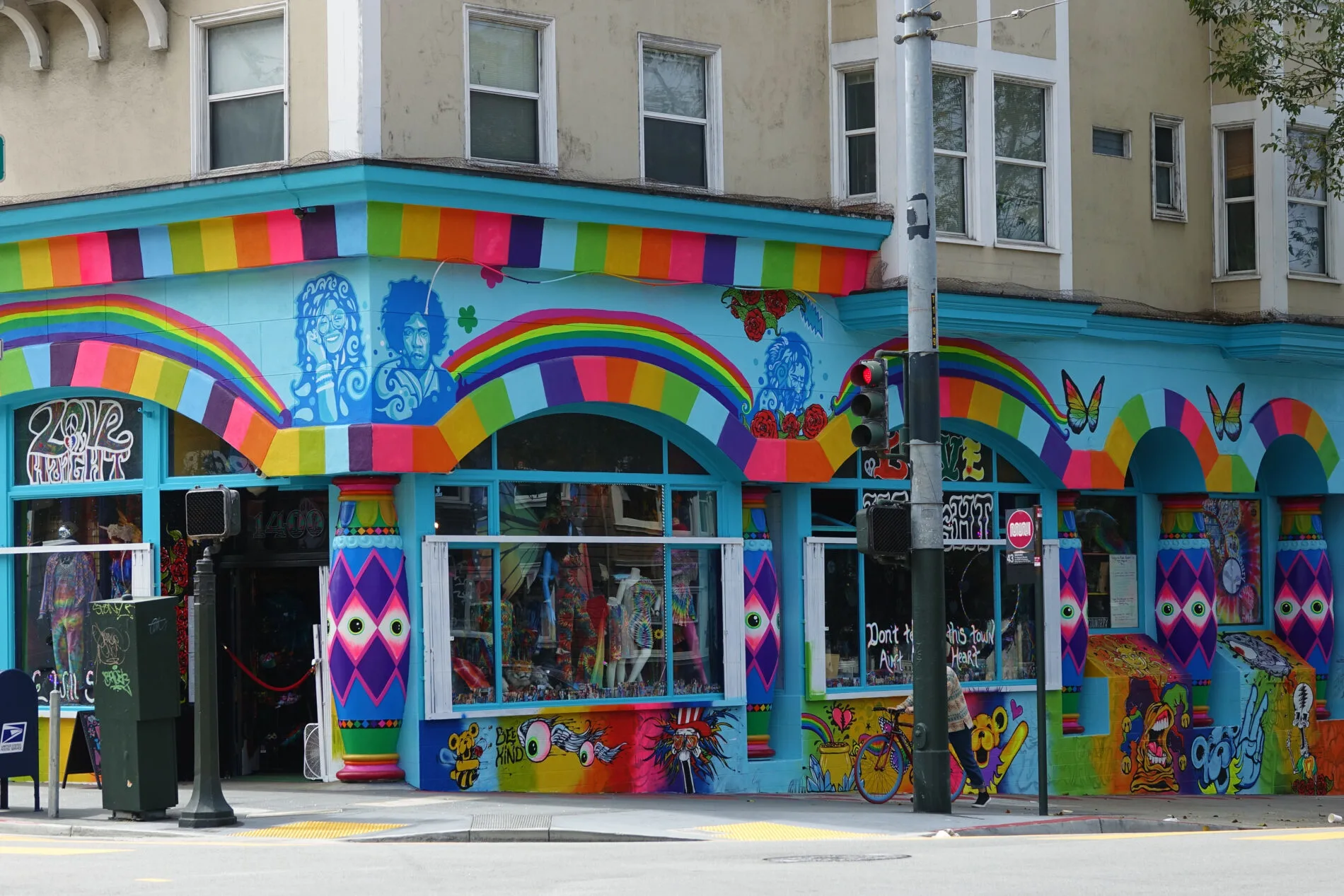
7. Haight-Ashbury
Back in 1967, The Haight was ground zero for the Summer of Love. The counterculture scene has mostly faded, but there are still vintage shops, bong shops, record and bookstores, interesting cafes, and tie dye everything.
Location: Neighborhood surrounding the intersection of Haight and Ashbury Streets
Time: whatever you want it to be
Link: Haight-Ashbury
Getting to Haight-Ashbury on Public Transit
Both the #43 Masonic and #7 Haight-Noriega Muni buses go through Haight-Ashbury. The #7 Haight-Noriega begins at the SF Transit Center, takes Market to Haight and then goes along the southern edge of Golden Gate Park and beyond. The #43 Masonic travels through Haight-Ashbury on its route between Presidio Avenue & California and Munich & Geneva (in the Crocker-Amazon neighborhood).
Best Time to Visit San Francisco
Weather-wise, mid-September through mid-November is best. The summer fog (nature’s air conditioner) doesn’t roll in as often and the winter rains haven’t yet started. The rest of the year, the weather is mixed: there are often gorgeous, sunny days in winter and overcast, chilly days in summer.
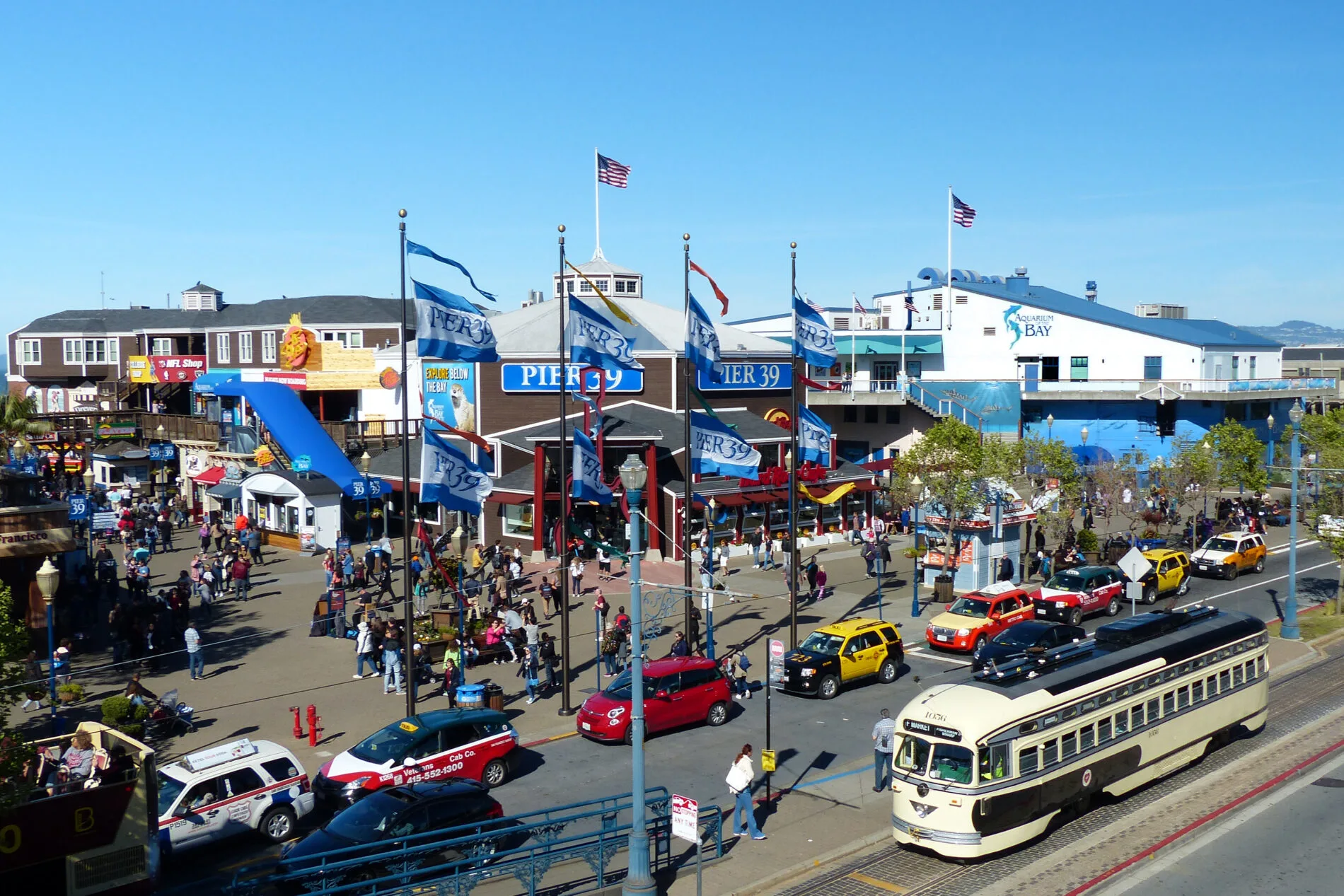
General Information about San Francisco Public Transit
Each neighborhood in this article has brief details about getting there on public transit. For general information about routes, apps, maps, fares, and ways to pay, see our related article: Sightseeing San Francisco Using Public Transit.
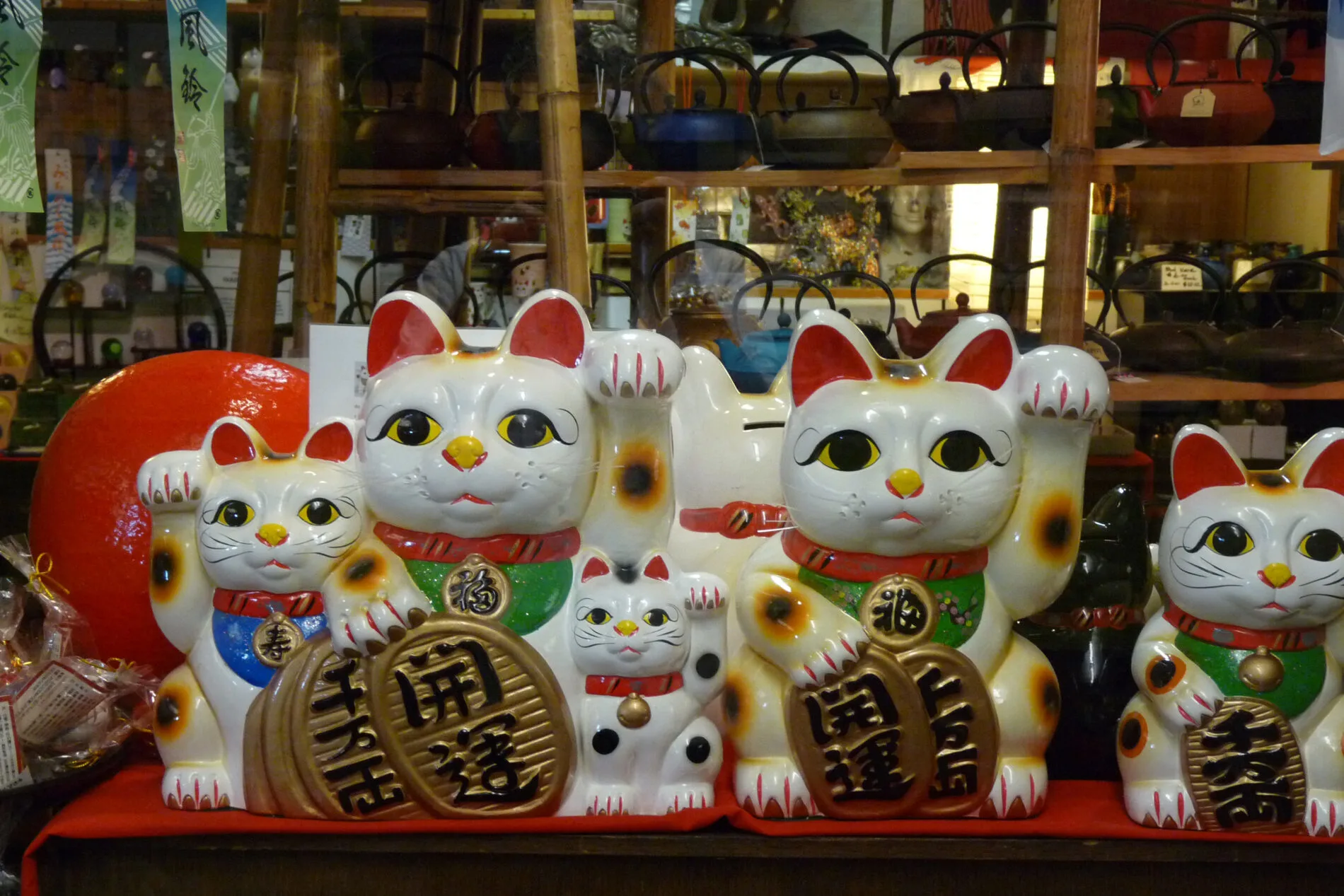
Conclusion
San Francisco is flush with great things to do including world class performing arts and entertainment venues, major league sports, top museums, and popular attractions. All of these are awesome, but they also require planning, scheduling, and ticketing, and they’re expensive.
It’s also really nice to have some interesting and fun things to do that don’t take much planning or cost so much. These unique neighborhoods in San Francisco are exactly that. Take time to wander through and visit them.
For more to do and see in San Francisco, checkout our related articles:
About the Author
Ginny Vail is a travel writer who loves travel planning, sightseeing, photography, and videography. She’s visited all 50 states and traveled around the world. Her articles focus on discovering places to go, sights to see, and details about when and how to visit them.

